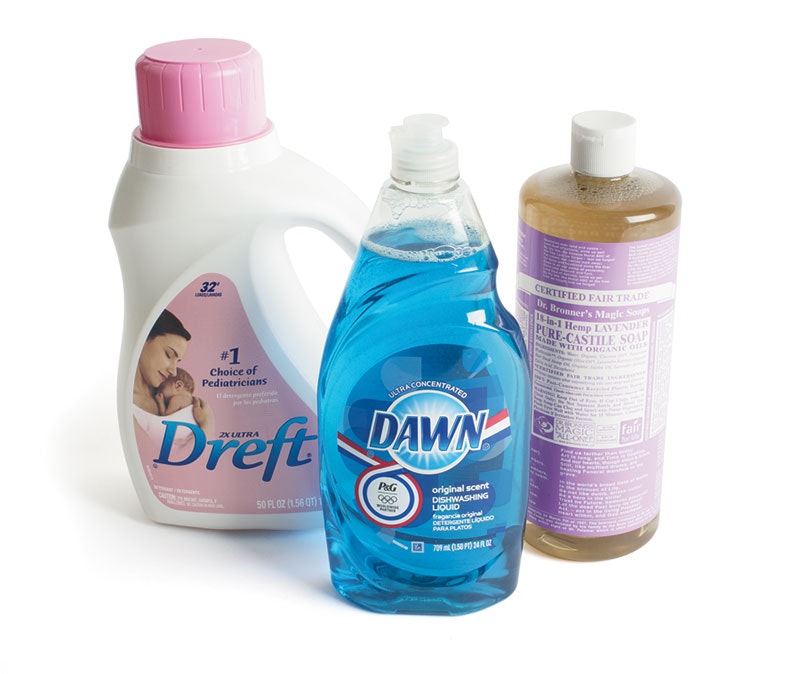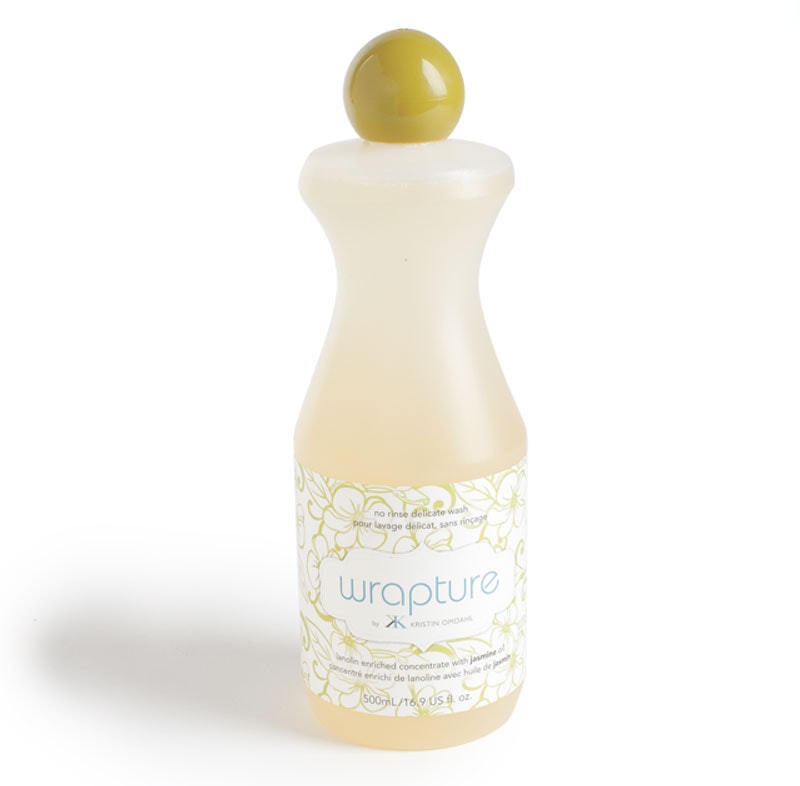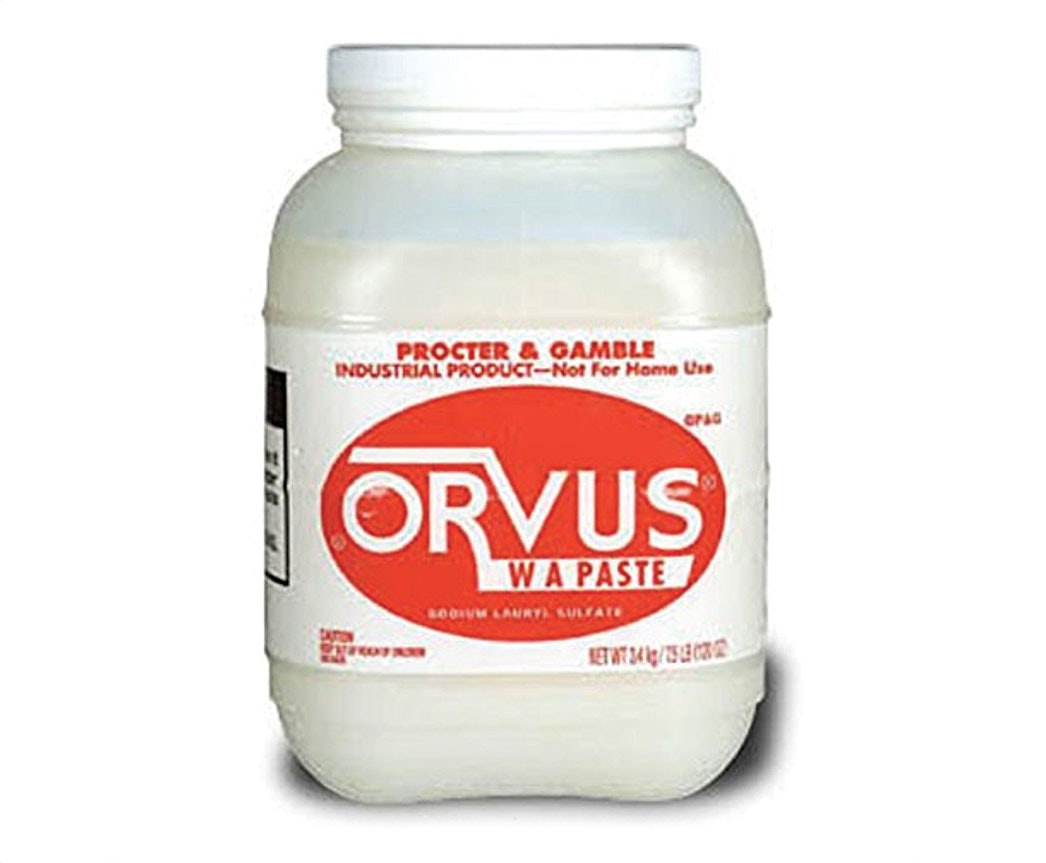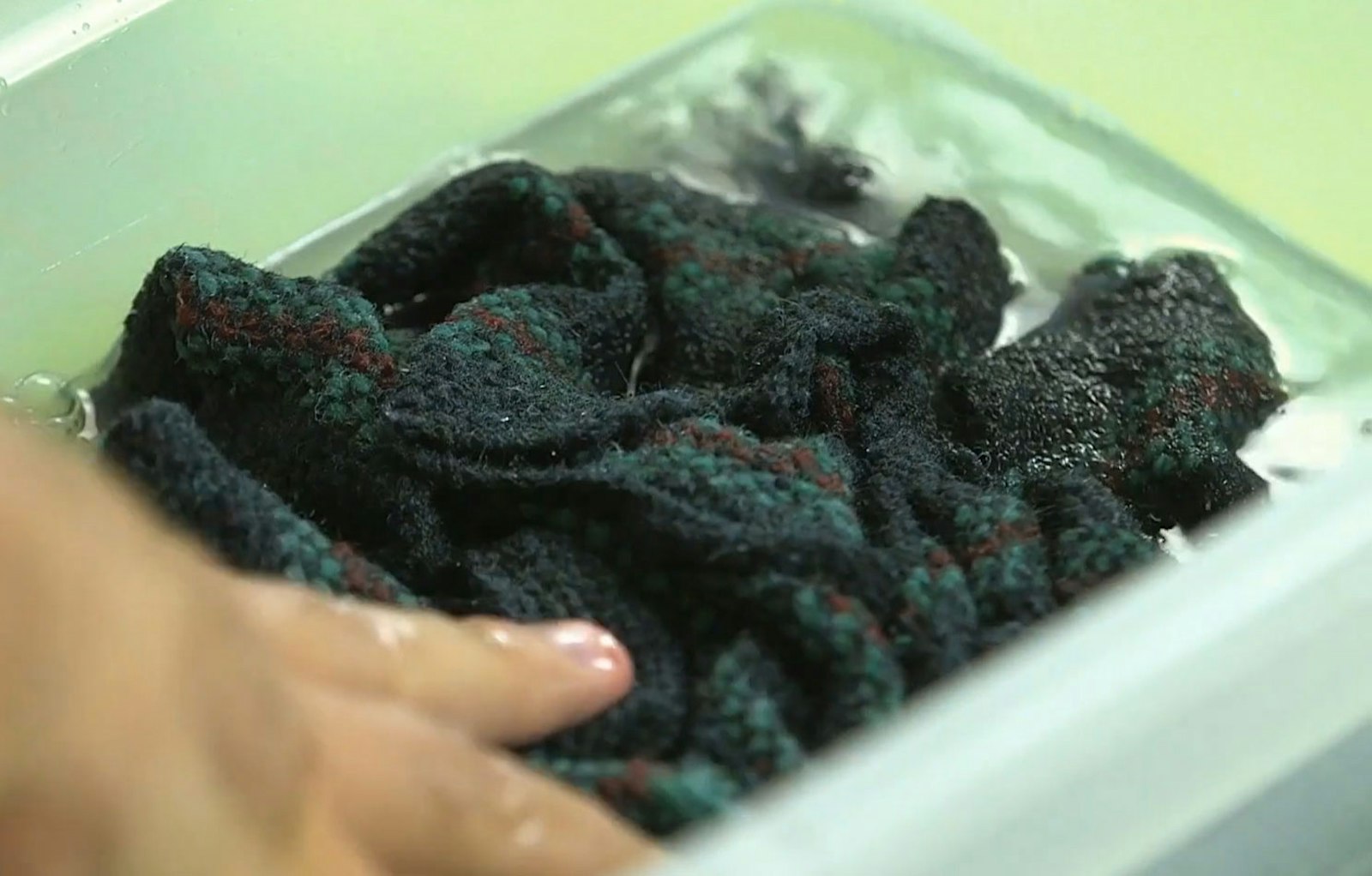Contents
Worried about wet-finishing? You aren’t alone. Whether you are a beginner finishing your first project, or you are a weaver that is wet-finishing a new-to-you yarn, it can be nerve-racking. Will it shrink? Will the dyes bleed? Will it call forth eldritch nightmares from the deep? Okay, maybe that last one isn’t an issue, but it’s true—some fibers and yarns require more care than others.
Fortunately, wet-finishing without worry is possible.
Most handwoven cloth doesn’t require special handling during wet-finishing; however, if you’re dealing with fibers that could potentially full or felt, dark-colored yarns prone to bleeding, or delicates such as silk, you will need to adjust how you approach wet-finishing. This guide will take you from the basics to adjusting your methods for several special fiber use cases.
Choosing Detergents
Regardless of what fiber you’re working with you’ll want to choose a mild detergent—one with a neutral (or close to it) pH. Avoid using soaps, as they’ll leave a soap scum film in the fibers of the finished cloth. If you’re wet-finishing in the washing machine, only use washing machine detergent or other detergents approved for use in the washing machine, such as Synthrapol. Never use dish detergent or shampoo in the washer.

One of these is not like the other! While the laundry detergent and dish detergent shown here are both great choices for wet-finishing handwoven cloth, the Castille soap is not. Soap reacts with minerals in the water to create a film or residue in and on your cloth leaving it dingy, less absorbent, and sometimes even smelly! Photos by George Boe
Basic Wet-Finishing
When wet-finishing sturdy cloth made of robust fibers such as cotton, linen, or rayon, most any mild detergent will work. Baby shampoo, “blue Dawn,” and even your regular washing machine detergent are all good choices.
Here are the basic instructions for wet-finishing most items by hand:
- Prepare your project by securing the weft by hemstitching, zigzag stitching, hemming, or with bundles of fringe. (Some weavers prefer to wet-finish before hemming or fringing while others prefer to do it after.)
- In a bucket or sink, add your detergent of choice to warm water.
- Add your project and agitate with your hands for a minute or two.
- Let the project soak for 20 minutes until the fibers are fully saturated.
- Roll fabric and gently squeeze out excess water.
- Rinse in a clean warm water bath, gently swishing the project around.
- Roll the project in a towel and gently squeeze.
- Unroll and lay flat to air dry or tumble dry in a dryer.
You can also wet-finish in your washing machine. If a set of towels will be thrown in the washer and dryer when its dirty, it makes sense to wet-finish them in the same way. If you're not worried about your yarn bleeding, you can even wet-finish them in a regular load of laundry!

No-rinse wool washes aren't just for wet-finishing! Use them to wash delicate fibers or wools you don't want to full.
Wet-Finishing Wools
The biggest concern most folks have with wet-finishing seems to stem from a fear of fulling and shrinking wool fabrics and rendering them useless. The key to wet-finishing wools is to do so slowly. If you want some fulling, agitate your fabric is warm water with a mild detergent and check its status frequently. Contrary to common fears, when fulling by hand, it’s very hard to overfull (but not impossible). Go slowly; when in doubt, stop, let the piece dry, and full again as and if needed. Carefully rinse in cold water, being careful not to full the fabric as you do so.
For pieces that don’t require fulling, using a no-rinse wool wash, such as Eucalan or SOAK, as your detergent protects against accidental shrinkage. Simply add the wool wash to water according to the product’s instructions, fully submerge the cloth, and let it sit for a set amount of time. Once the time is over, it’s ready to dry—no agitation or rinsing needed.
Dealing With Heavily Dyed Yarns
Vibrant, heavily dyed yarns might be beautiful on the loom, but they can be terrifying in the washbasin. Bleeding dye can dull bright yarns or leach into other lighter-colored yarns in the same piece. Using Synthrapol, manufactured by Jacquard, or Professional Textile Detergent, manufactured by Dharma Trading Company, can help alleviate these problems. Through the magic of science, both detergents are specially designed to remove excess dye in fabric without redepositing it in another place.
Of course, these detergents aren’t perfect, so keep an eye on your fabric and rinse and refill the washbasin as needed until the water stays clear. Keep your fabric moving in the water; don’t let it sit on itself as this can lead to dye migration from one section to another. Color-catching sheets designed to absorb dye in wash water can also be a useful tool, and I recommend using them for the first few washes after wet-finishing.

Designed as a horse shampoo, Orvus WA Paste makes an excellent detergent for extra-delicate fibers such as silk.
Silk and Other Delicates
Wet-finishing extra-special fibers such as silk doesn’t need to be scary. Conservators and people who work with historic textiles recommend using Orvus WA Paste for delicate or sensitive fabrics. Designed originally as a horse shampoo, Orvus WA Paste has a neutral pH and contains no perfumes or dyes that might damage fabric. As a bonus, because it’s sold as a horse and livestock wash, Orvus WA Paste is often available in a large quantity at a very reasonable price. Wet-finish these items by hand in lukewarm water, being careful not to agitate too much. Often a gentle swirling motion is all you need. Rinse in cold water, again being careful not to abrade the yarn with too much agitation. You can also use no-rinse wool washes on these fibers as a no-agitation, no-rinse option.
Further Reading and Next Steps
While this primer is the perfect starting point for wet-finishing, it's not the end-all, be-all guide. For even more information on wet-finishing and what to do once your fabric is dry, check out these helpful resources:
- Take a master class in wet-finishing with the video Wet-Finishing for Weavers from Laura Fry. She literally wrote the book on wet-finishing for weavers, and this course takes you deeper into finishing, so you can bring your woven cloth to its greatest potential.
- Learn more about why fulling can be great for your project in this article.
- Once you have wet-finished your project, complete your fringe with these tips and ideas.
In Conclusion
Whatever detergent you choose for your cloth, just remember to test it on a sample or inconspicuous place on the weaving. Trust your senses as you wet-finish. Pay attention to the look and feel of the fiber as well as the wash water. Rinse and repeat as necessary—good advice for wet-finishing and good advice for life. If you'd like more information on wet-finishing, check out these other resources:
Happy Weaving! Christina

